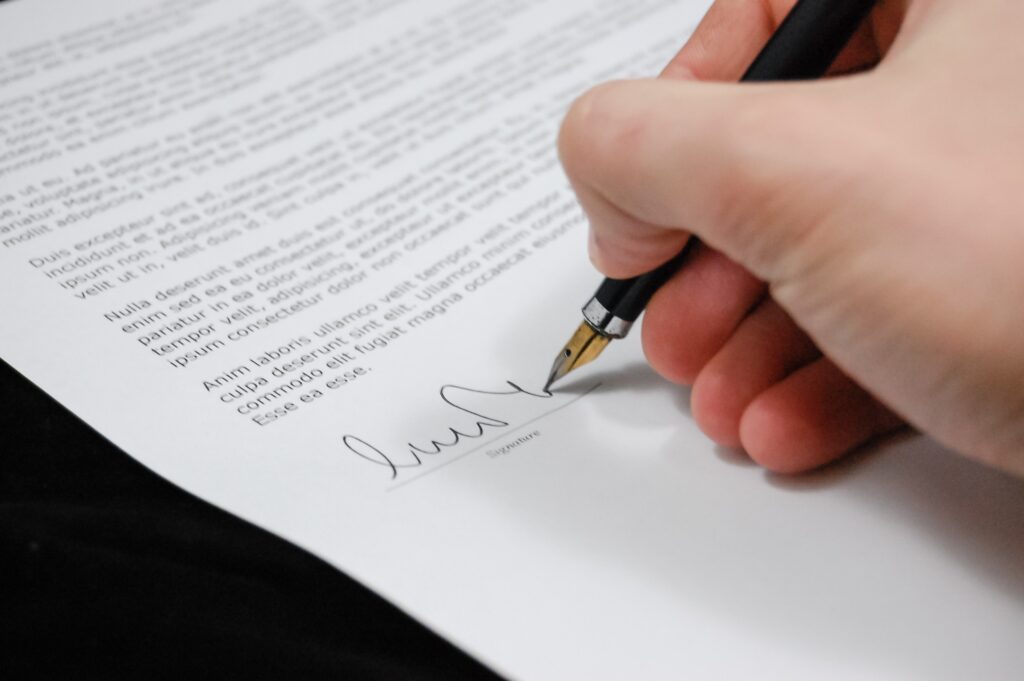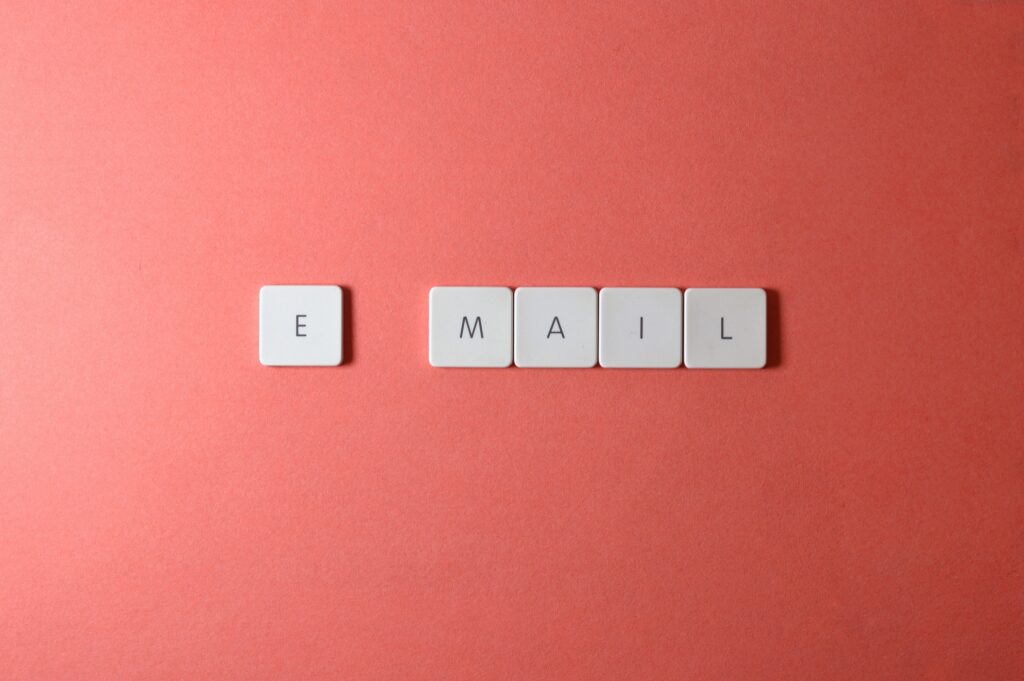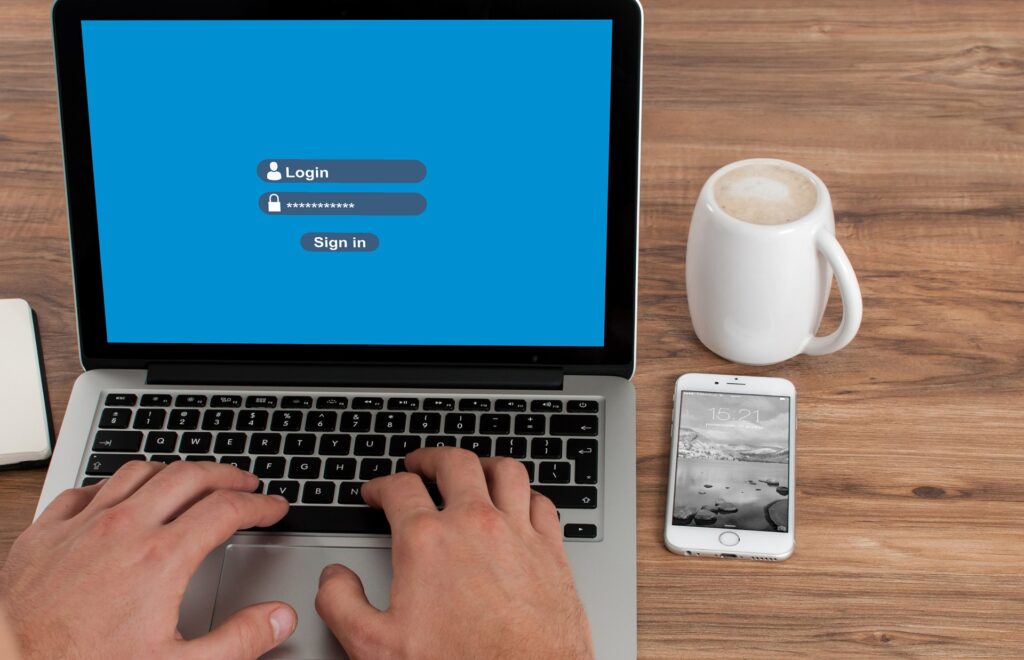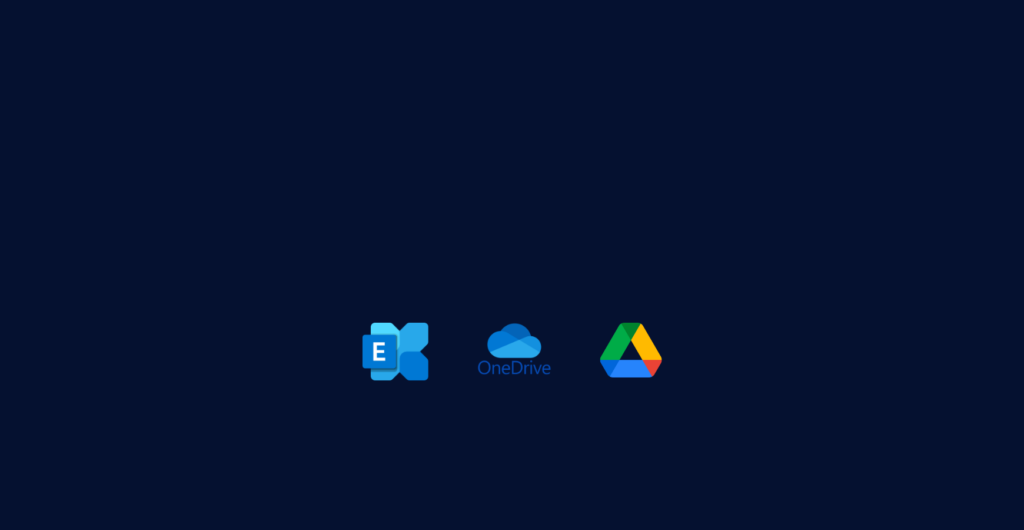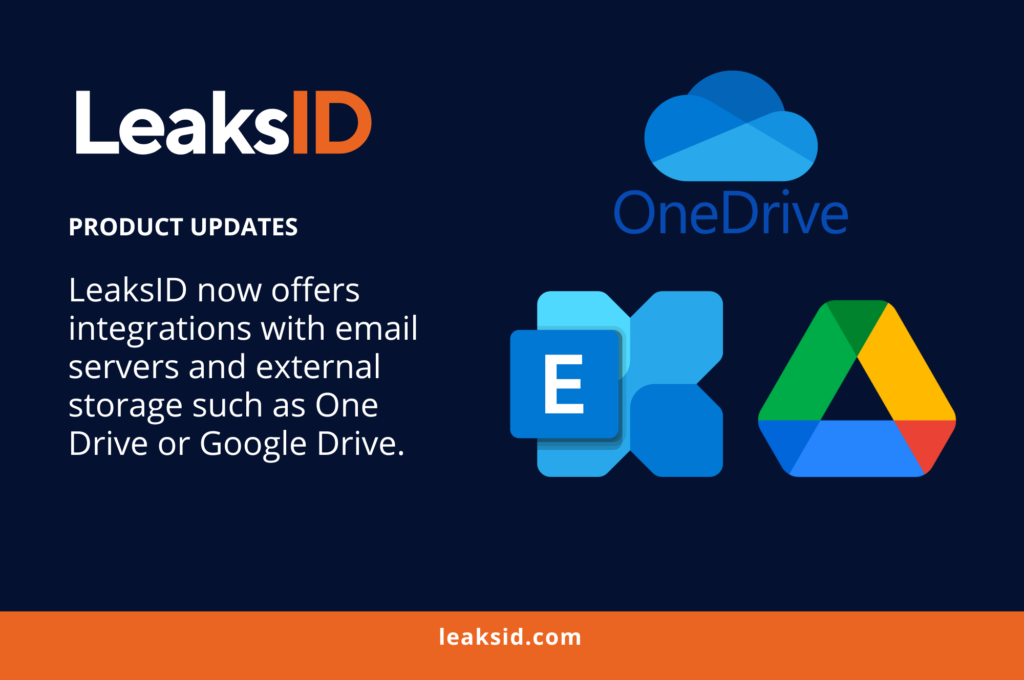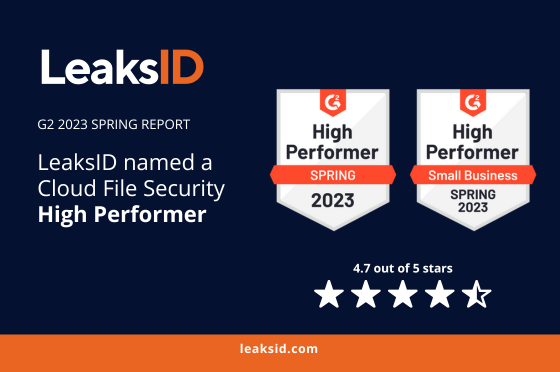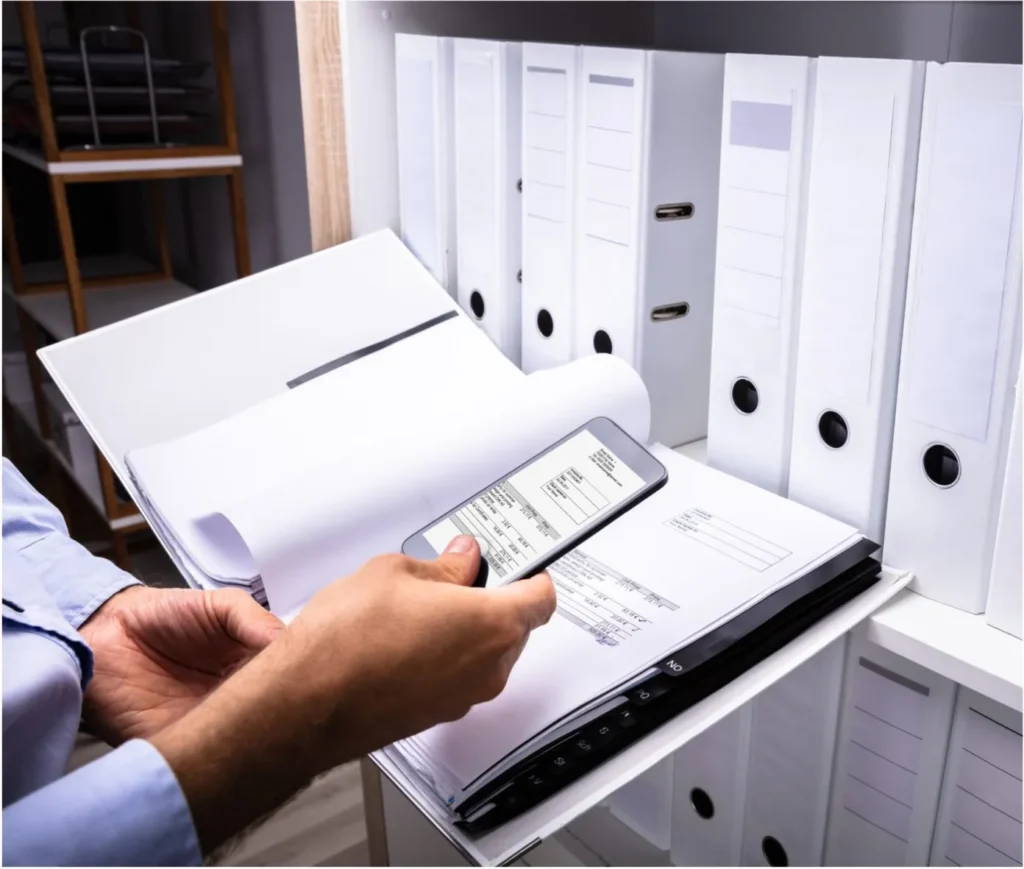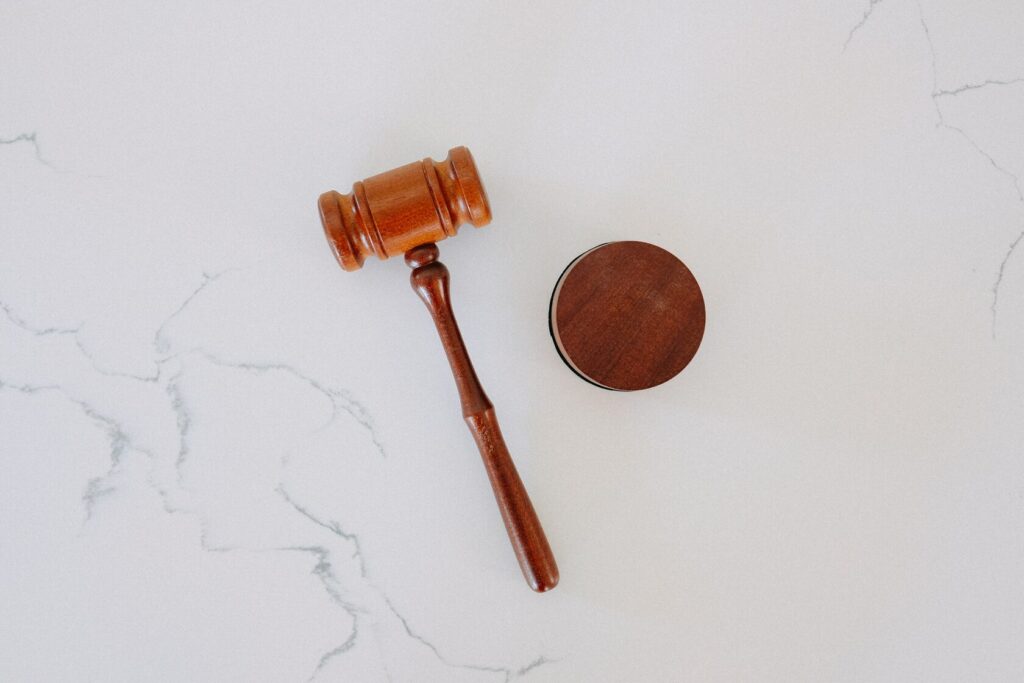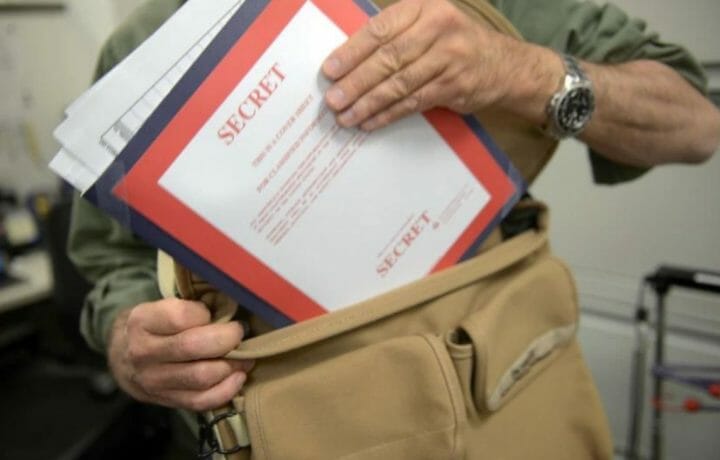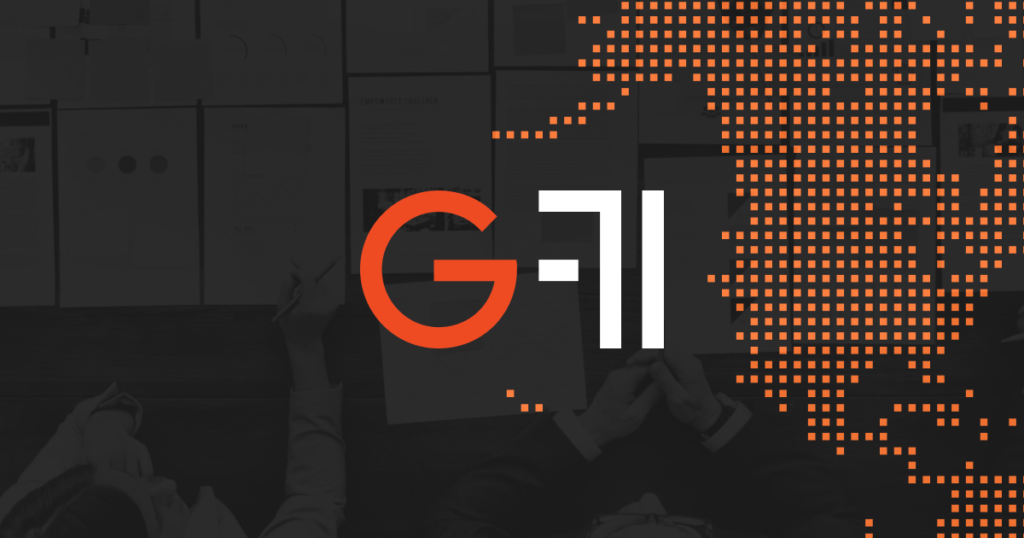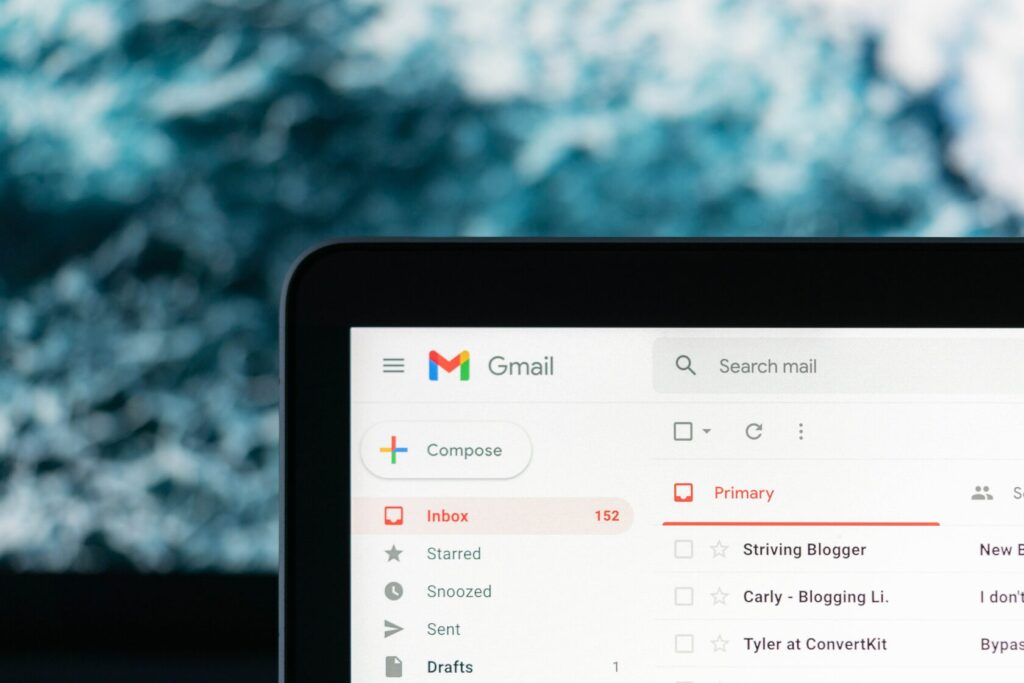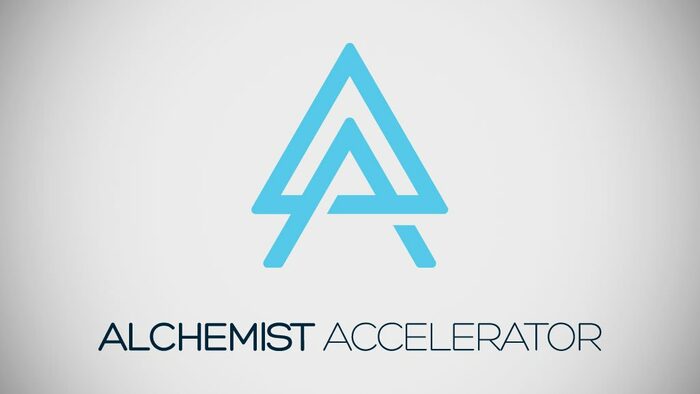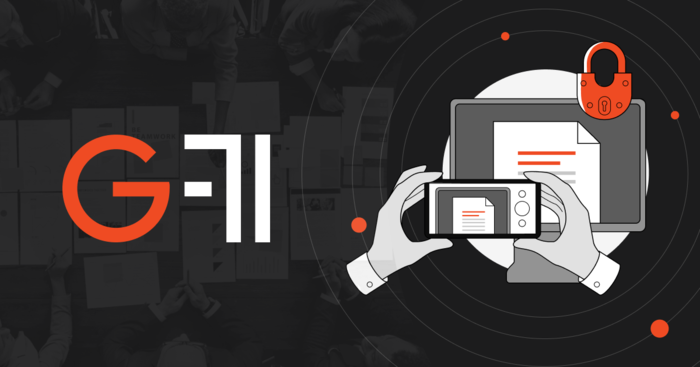Examples of Legal Documents That Can be Compromised and How It Can Happen
Here are some examples of the types of legal documents that can be compromised and how it can happen:
-Contracts: Contracts are legally binding agreements that contain confidential information such as pricing, payment terms, and non-disclosure agreements. Contracts can be compromised by hackers who gain unauthorized access to email accounts or file-sharing systems. For example, in 2019, a ransomware attack on a legal services provider exposed over 1 million confidential contracts.
-Intellectual Property Documents: Intellectual property documents, including patents, trademarks, and copyrights, contain confidential information about a company’s products, services, and inventions. These documents can be compromised by cybercriminals who steal them for their own financial gain or to sell them to competitors. For example, in 2020, a Chinese national was charged with stealing trade secrets from a Houston-based energy company.
-Client Files: Law firms often store confidential client information, including personal data, financial information, and medical records. Client files can be compromised by insiders who have access to these documents or by cybercriminals who gain unauthorized access to law firm networks. For example, in 2016, a cyberattack on a large law firm resulted in the theft of over 2.5 million files, including confidential client information.
–Court Documents: Court documents, including briefs, pleadings, and motions, often contain sensitive information such as trade secrets and personal data. Court documents can be compromised by hackers who gain access to court systems or by insiders who leak the information. For example, in 2019, a court clerk in Georgia was sentenced to prison for leaking confidential court documents to a defendant.
-Corporate Records: Corporate records, including shareholder agreements, financial statements, and tax records, contain confidential information about a company’s operations and financials. Corporate records can be compromised by insiders who have access to these documents or by cybercriminals who gain unauthorized access to company networks. For example, in 2020, a ransomware attack on a law firm resulted in the theft of over 756 GB of corporate records.
Tools for Legal Document Security
-Encryption: Encryption is the process of encoding information in such a way that only authorized users can read it.
-Password Protection: Password protection is an easy and effective way to secure legal documents. Passwords should be strong and complex, with a mix of upper- and lower-case letters, numbers, and special characters. Password managers can be used to manage multiple passwords securely.
-Secure File Sharing: Secure file sharing tools provide a secure platform for legal document sharing. These tools allow users to set access permissions, add expiration dates, and track document activity.
-Digital Signatures: Digital signatures provide an additional layer of security to legal documents. They ensure the authenticity and integrity of the document and help prevent fraud. Tools can be used to add digital signatures to legal documents.
-Anti-Malware Software: Anti-malware software can be used to protect against malware, viruses, and other types of cyberattacks. This software can detect and remove malware that could compromise legal documents.
-Virtual Private Network (VPN): A VPN provides an encrypted connection between a user’s device and the internet, making it difficult for hackers to intercept and access data. VPNs can be used to secure connections when accessing legal documents from outside the office.
-Data Loss Prevention (DLP): DLP software can be used to detect and prevent data breaches. These tools can identify sensitive data, track its movement, and block unauthorized access to legal documents.
Invisible Labels: A Tool for Personalized and Secure Legal Document Management
In addition to the tools mentioned above, there is another useful tool for securing legal documents: invisible labels. These labels can help to create personalized copies of legal documents each time somebody accesses them, making it possible to detect the source of a leak if one occurs.
Invisible labels are essentially unique markers that are added to each copy of a legal document. These labels are not visible to the naked eye but can be detected using special software or tools. Each time somebody accesses a document, the labels are applied, creating a new, personalized copy of the document that is unique to that individual. This makes it much easier to track down the source of a leak if one occurs, as each copy of the document can be traced back to the person who accessed it.
Invisible labels can be especially useful in the legal sphere, where confidentiality and privacy are paramount. By using these labels, law firms and other organizations can ensure that their legal documents remain secure, and that any leaks or breaches are quickly identified and addressed. Additionally, invisible labels can help to deter unauthorized access to legal documents, as they make it much more difficult for individuals to share or distribute copies of a document without being detected.
It’s worth noting that a solution incorporating invisible anti-leak labels is already available in the form of LeaksID. LeaksID is a software tool that provides advanced security measures for legal documents, including the use of invisible labels to prevent leaks and unauthorized access. With LeaksID, law firms and other organizations can rest assured that their legal documents are protected and secure, and that any attempts to leak or share confidential information will be detected and tracked.
Overall, invisible labels are an important tool for securing legal documents and protecting sensitive information. By using these labels, law firms and other organizations can ensure that their legal documents remain confidential and that any leaks or breaches are quickly identified and addressed.



